Joan Schaefer - Transform your Margins with prefabricated VELUX Modular Skylights - PODCAST TRANSCRIPT
June 30, 2025 at 1:00 p.m.Editor's note: The following is the transcript of a live interview with Joan Schaefer of VELUX. You can read the interview below or listen to the podcast.
Intro: Welcome to Roofing Road Trips, the podcast that takes you on a thrilling journey across the world of roofing. From fascinating interviews with roofing experts to on-the-road adventures, we'll uncover the stories, innovations and challenges that shape the rooftops over our heads. So fasten your seat belts and join us as we embark on this exciting roofing road trip.
Heidi Ellsworth: Hello and welcome to another Roofing Road Trips from RoofersCoffeeShop. My name is Heidi Ellsworth and wow, today we have such a fun podcast.
For contractors who have been out there a long time, we all kind of get a little nervous when somebody, whether it's a building owner or a homeowner, says skylight, but today's technology is all different. We wanted to talk about that and how important daylighting overall is to design, environment, sustainability and so you can't get lost in the old ways of thinking about skylights, we wanted you to hear all about the new technologies and how great they work, including not leaking.
So we asked our friends, the experts from VELUX Commercial to come visit with us and I am so happy to invite Joan Schaefer to the show. Joan, welcome.
Joan Schaefer: Thank you. It's wonderful to be here.
Heidi Ellsworth: I love it. I love this topic. I think daylighting is one of the most important things there is, but it has to be done correctly, as we all know.
Let's start with introductions. If you could introduce yourself, tell us what you do with VELUX and maybe a little bit about VELUX Commercial.
Joan Schaefer: We have a wide range of customers, everything from homeowners to contractors, obviously roofers, our strategic partners, as well as design professionals and building owners as well. So wear a lot of hats. But what's exciting is that there's so many different products and so many opportunities to bring natural light and really make an amazing difference, not just in ceiling, the building itself, but really changing the interior. That's going to remind the owners or the occupants of that building every day. And that's something that people don't really think about.
Heidi Ellsworth: I know. It's so important for tenant satisfaction and just people working in the building, all of those.
Joan Schaefer: Absolutely. Yeah.
Heidi Ellsworth: Joan, what's your role? What's your job at VELUX?
Joan Schaefer: I oversee 11 states, so basically the Pacific Northwest to as far as Minnesota and Iowa. I support our rep groups, as well as our partners in understanding opportunities, supporting design professionals, getting projects specified and just understanding the opportunity, not just for energy savings but for human wellness. All the reasons to bring natural light into buildings.
Heidi Ellsworth: Yeah, fun. Fun job, regional.
Joan Schaefer: It is.
Heidi Ellsworth: I know you're out of the Pacific Northwest, so I'm a little prejudiced. We love our Pacific Northwest folks, so the good old view.
Okay, let's talk a little bit about VELUX commercial skylights. I think a lot of people are very familiar with skylights on the residential side, so important, but there's also an incredibly strong commercial division for skylights with VELUX. Can you talk to us a little bit about that division and about the commercial products?
Joan Schaefer: Of course. The commercial side, the ones that you don't see if you go to a box store, basically, it might be in an airport, it might be in a school, it might be in a warehouse or in a healthcare facility, but it's working with both unit and structural systems for either new construction, many a replacement and addressing not just the engineering and the air water structural requirements of the specific site, it's also addressing the needs of the occupants specifically of the building and what's going to be the most effective and efficient light for that intended space.
Heidi Ellsworth: Yeah and usually when we're talking about commercial skylights, they're much bigger than you would think residentially.
Joan Schaefer: Absolutely. That's true.
Heidi Ellsworth: This whole podcast we want to talk about for contractors installing and you've shared some things with me that I just think are really interesting in this modern day of these really big skylights. But talk to me a little bit about the installation of commercial skylights and how it's different today than it was even a couple of decades ago.
Joan Schaefer: An example of a strategic application of the product was a large addition to a high school in Oregon, where they're monitoring CO2 in a primary hallway. There are stairwells below the skylight, so you're getting the benefit of multiple levels of light. And in addition with monitoring the CO2, which of course we as humans let out as we breathe, right, allowing those few modules to open for a few minutes and then close to have a healthy air environment in the main corridor of the building. It's pretty exciting stuff.
Heidi Ellsworth: That's really exciting. Man. I love that. When you think about it... and I know probably there's a couple contractors out there going, "Oh, that sounds like a lot of electronics," and stuff like that, but that's what's been so amazing about VELUX, especially through your modular system, VELUX Modular Skylights, you've been able to make this easy installation for the contractors, even with all the electronics because you have a plan for all of that. Right?
Joan Schaefer: Exactly. And there's built-in rain and wind sensors. That's common, obviously, on the residential product as well, but with this particular system, should there be a gust of wind or any sense of moisture, it's going to automatically close if it was to open or it was programmed to open.
The thing that's really different though about this product, it is essentially watertight. The material is a protruded fiberglass and what that means is the fiberglass, when it's soaked in resin, just like metal you can't push it through a form, you have to pull it through. So they call it pulltruded fiberglass.
Heidi Ellsworth: I love it.
Joan Schaefer: The energy efficiency of the modules can easily be in the 0.26, 0.28 range. Of course, it's going to depend on the actual glass configuration. It allows for amazing labor savings. The reason why it's friendly for other contracts outside of the traditional glazer arena is the glass is already in the frame. So it's very simple with having a curb.
Now, the curb is a bit deeper than a traditional curb. Steel is attached at the head and sill. And then with each of those modules, think IKEA approach, you have a module, whether it's venting or not, you have hardware attached to each of the four corners and then that hardware clamps onto the steel that's at the curb. And then there's a pre-engineered flashing system that goes over those modules, including the in between of the modules that actually has a channel for water to accommodate capturing water that was captured on the glass going through the frame and then out around the sill.
Heidi Ellsworth: That is some advanced technology. When you think about how they used to put those big skylights and commercial on before using sealants and everything else, now you have totally changed the dynamic and not only labor savings, but also you can install it more year round. Right?
Joan Schaefer: Absolutely. It's a dry system. It doesn't require sealants.
I've been in Bozeman, Montana in five degrees the first week of December, year before last. It was one of those projects that was going to be installed in July. Oh, well, there were delays at the job site. That never happens. And if that was a traditional, the old structural skylights... Now, we still have structural skylights too, especially for historic replacement renovations. But for the right application, this particular system allows you to do the installation in a much longer window than you would be able to traditionally do that, because typically sealants don't work under 40 degrees.
Heidi Ellsworth: Right. Right. Well and I want to go back and just touch on what you were saying about the fiberglass and what these windows and the VMS are made of. Let's talk just a little bit about, because you mentioned Bozeman, it made me kind of think of all this, but thermal stability. That's always so important on the roof, especially with all the extreme weather we're having, all the different places and then, of course, energy is number one for building owners and putting all that.
Can you talk a little bit about how this really cool material that you're using for the VMS really helps you with performance and durability and some of those things?
Joan Schaefer: The key with the install being able to go so efficiently, the older type of skylights, you basically got, I don't want to say sticks, but extrusions of aluminum. You had to build the frame on site and then manually set all the glass. And what the modular system really did... And it was designed in a partnership with Fosters and Partners out of their London office. So aesthetics were really critical in terms of even having the fixed and venting modules look completely alike. And it's not until they open up that you even go like, "Oh my gosh, I didn't even know that could happen."
But the fascinating thing is that with that pre-engineered system and having the steel attached to the curb, connecting those modules directly and then having an engineered system for addressing that water as well as insulating around the system, it allows for extreme conditions, whether you're looking at a hot climate and being able to have passive ventilation or if you're looking at an extremely cold climate and still being able to install.
I believe on YouTube, there's even still a video where they're installing this product in New Brunswick in the snow, which was even crazier than Bozeman, Montana.
Heidi Ellsworth: Yeah. Oh my gosh. Yeah. When I think about what the roof is going through today between very severe hail and thermal shifts and all of that, to be able to have this kind of stability and still have the skylights so you can see the sky and you get the daylighting, that is an amazing combination.
Joan Schaefer: And in addition, the system also allows you to control the light. That's really important in certain office climates. In school gymnasiums, for example, where they might be using that gymnasium in the morning, it might be PE classes in the afternoon, it might be a pep rally or something or doing some kind of media presentation.
There's the option of integral blinds in this system too, which is very competitive. If you've ever priced what it costs to have a custom blind for any kind of an opening, whether you're talking about a window or a skylight, they're crazy expensive. But to have that option built into the system as an option. And it can even be added later on if at the initial order and install... "We won't use the blinds. We're good." Well, they did that on a climbing wall in Boise, Idaho and then over time it was like, "Well, yeah, at the top it's pretty bright." But with the involvement of it does take an electrician as well as the installer to obviously connect in that regard, but they were able to do it. [inaudible 00:13:29]
Heidi Ellsworth: No, I was going to say I think that's so true. One of the things we need to really talk about and share too is the fact that if commercial roofing contractors or residential on the residential side, obviously, but as commercial roofing contractors, if you are not learning about these systems, these skylight systems, then somebody else is on your roof doing it; not you.
Joan Schaefer: And the opportunity for margin and to differentiate yourself in the marketplace and again, that reminder of, yes, I have an amazing roof and it's energy efficient, but look how it transformed my interior environment.
Heidi Ellsworth: Right. When you're having those conversations with building owners and really talking about those kinds of options, this isn't just something that you get in a spec and say, "Oh, we have to do it." This is really something you can bring to the forefront and talk to your building owners, your negotiated work and say, "Hey, have you thought about skylights?"
Joan Schaefer: Absolutely.
Heidi Ellsworth: I love the fact that you said about blinds too, because that's interior work that may extend some work for the contractors inside during the cold months too. You never know.
Joan Schaefer: That's exactly right. Yeah. When it comes to the ease of installation, having that prolonged install opportunity, being able to focus on that energy efficiency, all of the products are NFRC certified. The benefit besides the ease, this system typically installs in a commercial building or residence in somewhere between a half to a third of the time that typically a structural skylight.
So you're not just saving on the cost of the skylight system itself with those benefits of possibly passive ventilation, possibly light control, but also we're actually putting these in a lot of schools now that typically structural skylights have kind of got so expensive that unless it's just in an entryway or something, it's out of the realm of most school districts' budgets.
That school in Oregon, it's down the main corridor of the school, which is really exciting, besides some of the classrooms.
Heidi Ellsworth: Yeah and when you really think about, this is the VELUX Modular Skylight, so it's modular; it's something the contractors can learn.
Joan, what are some of the training that goes along for contractors as they are getting ready to either bid or install on these? How can they get training? How can they make sure that they're up to speed with these new VMS?
Joan Schaefer: We do have certified installers. Different configurations, however, are on YouTube, so you can get an idea of how it goes together, what the requirements are for the curb and possibilities of different configurations and how those are installed. Just like when you have a home project, it's like, "Oh, how do I do that? Of course, it's on YouTube." Right?
Heidi Ellsworth: Of course. That's amazing. Our world is ruled by YouTube.
Joan Schaefer: We're also listed in the RoofersCoffeeShop directory for links and videos and we also have reps throughout the country. I have five other associates who cover other states and we also have rep groups throughout the states as well. So there's a lot of resources and we have certified installers if that's something that people want to look at.
Heidi Ellsworth: We've talked about that before. Being certified in these is so powerful for your business. And so to become a certified contractor with VELUX, that says a lot.
Joan Schaefer: It does. It says a lot about commitment. It says a lot about commitment to quality and it says a lot about commitment to your customers and being able to think outside the box.
Heidi Ellsworth: Right. Right. Really, when we're looking at the drive from the architectural community and for environmental, for sustainability, for daylighting, we see that so much in new construction, but we're seeing that same push from building owners, property management. I know Prologis is one of the big ones. It is doing tons with carbon-neutral and also daylighting and like you said, just making your people happy inside the buildings. This is not a trend that's going to go away. This is a trend that's only going to grow.
Joan Schaefer: Absolutely. And VELUX has an amazing sustainability initiative as a company as well. The majority of our sustainability, all of our electricity, is self manufactured or contained as a company. But also what's fascinating is VELUX started tracking carbon footprint in 2007, which is most companies didn't even know what a carbon footprint was, much less why you would even think about it.
Heidi Ellsworth: Exactly.
Joan Schaefer: But four years ago, we made the commitment to not just be carbon-neutral for that 2030 pledge that many other manufacturers have made the commitment for, but to be responsible for our entire historic carbon footprint, which goes back to 1941 at the company's founding.
And how we're doing that is we are partnering with the World Wildlife Foundation to preserve and protect forests close to the equator. There's three primary sites right now. There'll be other ones as well. But they're actually capturing over 50 million tons of CO2 from figuring what we would be responsible for from that 1941 mark. The first preservation area is in Uganda, the second is in Madagascar and the third is in Vietnam.
It's a 20-year partnership with the World Wildlife Foundation and it's all focusing on biodiversity. So not only are they working with the local communities, but they're helping with establishing economic opportunities that are supportive of those environments. So beekeeping, mushroom harvesting, growing trees.
There's great YouTube videos if you Google that as well. Besides our installation stuff, we also have amazing videos that really tell the story.
Heidi Ellsworth: Yeah. You know what I love about that? I love the fact that your product naturally is sustainable and bringing health benefits to everyone and every building, but also that VELUX is that committed to do what's important for carbon-neutral, for the environment and supporting the wildlife. That's awesome. Thank you. That's really cool.
Joan Schaefer: Most people don't realize it, but the name VELUX, the founder, was a real fascinating man, who was really a troubleshooting engineer and he didn't want people to remember him; he wanted people to remember what the product did. So he named the company VELUX; VE is for ventilation and LUX is a Latin word for light, so it's all about fresh air and natural light.
Heidi Ellsworth: I love it.
Joan Schaefer: Pretty awesome stuff.
Heidi Ellsworth: I never knew that. Yeah, that's really cool. Wow.
Well, Joan, thank you so much. This has been a great podcast. I've learned a lot and so impressed. I know you mentioned a little bit earlier, but if contractors want to start getting certified, if they want to start looking at installing or being a part of the VMS and the overall VELUX commercial skylights, where do they go and what should they do?
Joan Schaefer: Reach out initially to the listing on the RoofersCoffeeShop and then also I believe there's links directly to reps in whatever area they're located in. And if they go onto the commercial or even the residential website, they can go directly to customer service and they'll be directed to the right person.
Heidi Ellsworth: You'll find a way.
Joan Schaefer: Yeah. Yeah. There's multiple ways to do this. So we're happy to support it.
Heidi Ellsworth: And I love that it all starts on RoofersCoffeeShop. So go to the directory for VELUX Commercial and you're going to see all this information. They'll get you going. And really think about it. A lot is going on in our world right now and between sustainability, environmental and just diversifying your business so that you can work in many different directions, this is so important for your business.
Joan, thank you so much.
Joan Schaefer: Thanks for the honor of joining you today and look forward to transforming those interior spaces with natural light.
Heidi Ellsworth: I love it. We may have to do this again, is what I'm thinking.
Joan Schaefer: Sounds great.
Heidi Ellsworth: I love it. And thank you all for listening. Great information. Again, please go to the VELUX Commercial directory on RoofersCoffeeShop. Also check out all of our podcasts under the Read, Listen, Watch navigation under Roofing Road Trips or on your favorite podcast channel. Be sure to subscribe and set those notifications so you don't miss a single episode.
We'll be seeing you next time on Roofing Road Trips.
Outro: If you've enjoyed the ride, don't forget to hit that subscribe button and join us on every roofing adventure. Make sure to visit rooferscoffeeshop.com to learn more.
Thanks for tuning in and we'll catch you on the next Roofing Road Trip.
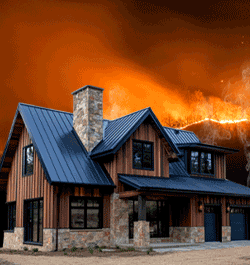

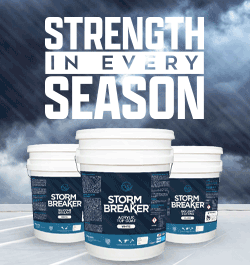
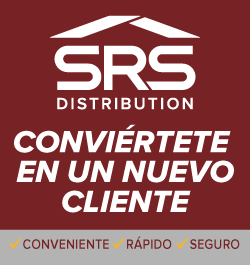

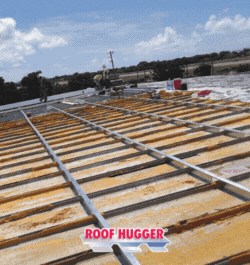


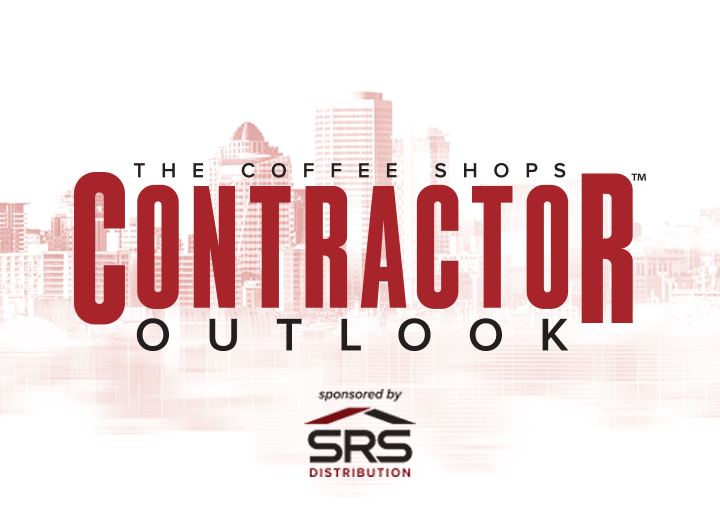

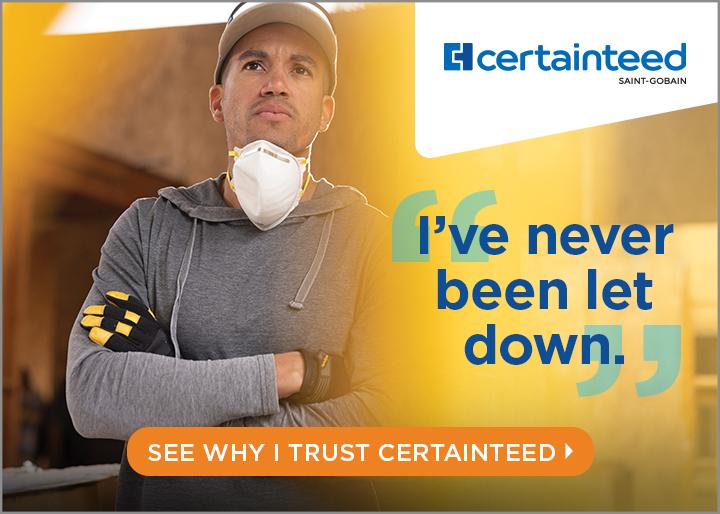


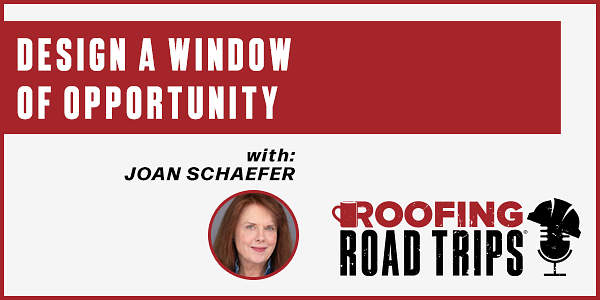
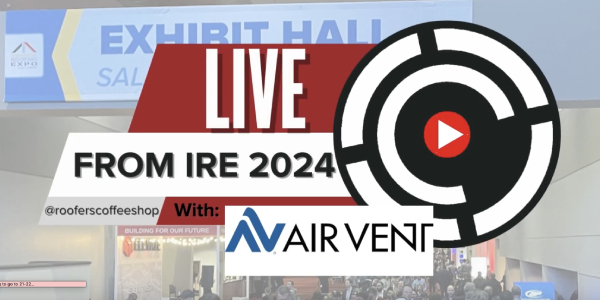
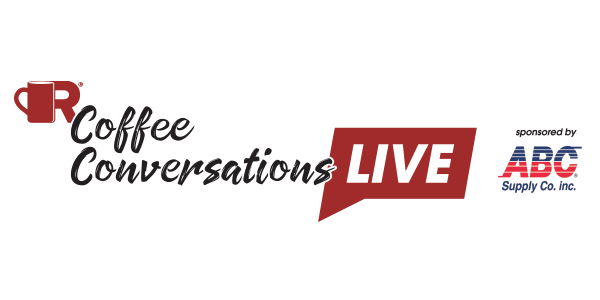
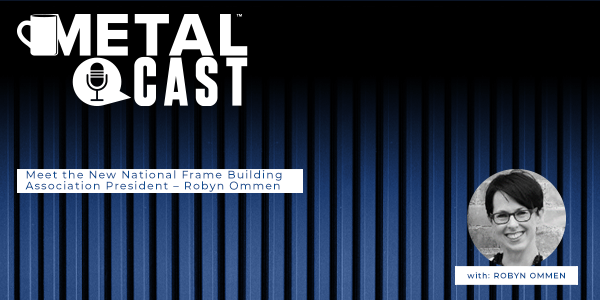

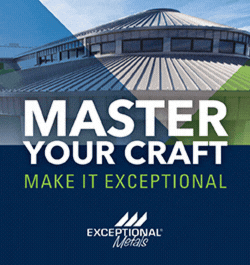


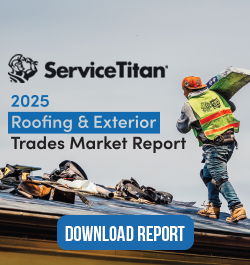

Comments
Leave a Reply
Have an account? Login to leave a comment!
Sign In